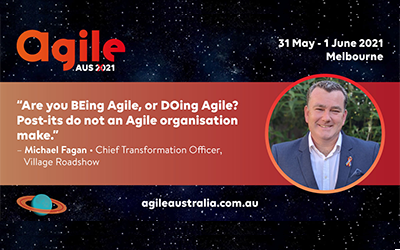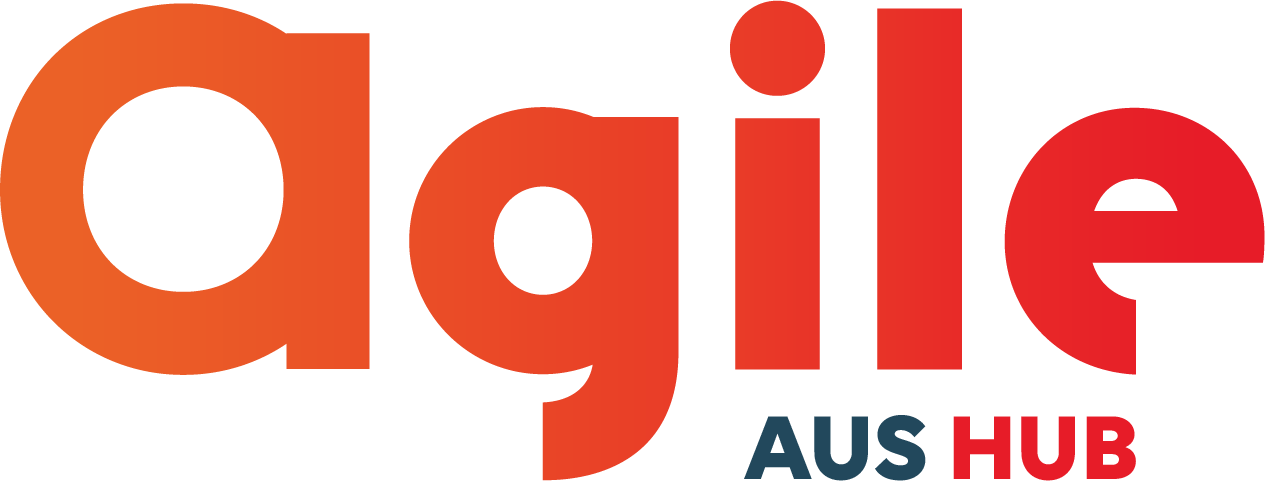
Raising the IT IQ – Insights from Kmart
As of February 2020, over 99% of the Kmart Technology organisation across five countries became certified in cloud technologies. This ranges from the base Cloud Practitioner certification up to the Professional certification, held by only a few hundred people in Australia. It’s not uncommon to meet organisations that have used certifications to help their technologists reskill, but this doesn’t go far enough. Customer expectations are changing at a rapid pace, but not just due to what direct competitors are doing. The benchmark for a great experience is now the last great customer experience you had, whether it was from another retailer, restaurant, or company such as Uber or Lyft.
To innovate effectively as a business, we continue to introduce cross-functional processes such as Agile. In order for these to be successful, it’s important that everyone speaks the same language and understands the art of the possible with technology. Technology needs to be considered part of the business, and the business needs to be conversant in technology. It also makes a team’s job much easier if there is a broad understanding of technology. In addition to certifying 100% of the IT, Advanced Analytics, Engineering, Data, and Product Management teams that support more than 50,000 Kmart and Target employees, we are going to train all head office and support employees in Agile fundamentals, and contemporary software development.
When I started the programme to get the entire Kmart organisation certified, we had long debates on what the success target should be. In the end there was no compelling case to make this anything other 100% of the organisation. If you certify 50%, then which half of your team misses out?
We are fortunate to have a team of progressive leaders at Kmart who see the potential of technology to transform and grow the company. The Group CEO was one of the first business leaders to pass the certification, and this “leader’s shadow” encouraged others to do the same. In fact, the entire leadership team of Kmart and Target Australia went through the same training process. I supported this through one-on-one coaching and technology immersion days for the executive team covering the basics of the cloud, Agile processes, product teams, data platforms, advanced analytics, and other topics.
“People look to their leaders to see what really matters in organisations. Having the CEO certified in cloud technology takes away some of the excuses not to learn. It’s hard to claim that you don’t have the time to be certified if your own CEO has made this a priority for himself!”
It also makes it easier to have discussions, and meetings go a lot quicker. Just like the CFO doesn’t have to explain what a P&L is at every meeting, I no longer need to do the same about compute and storage.
It’s important to find high-profile and highly influential individuals to get on board with any change programme. The stories you tell about the individuals also matter. One member of my team, a lady who had not sat an exam since 1977, passed her certification on her first try. My executive assistant also passed hers and was the first to do so in Australia—and maybe worldwide. We celebrated these stories to give others confidence to try themselves. Every organisation is characterised by early adopters, the later adopters, and then those who wait for the last minute to upskill: the traditional bell curve of adoption. Putting the focus on this middle group is crucial, as that is where you see momentum established. They are watching and waiting to see if this is another fad, or if they should get on board. Getting on message and staying on message are crucial so this group knows it’s important.
To help, we’ve looked at different modalities for learning, knowing that different individuals learn in different ways. Personally, I prefer classroom training, but others gravitate towards online learning, for example. What’s been really encouraging to see is how communities have ramped up around learning. For instance, many non-developers in the technology organisations came together in study groups and found sporting analogies powerful to explain concepts such as load balancing.
I am encouraged by the traction I have seen with this programme and am now looking to the next opportunities, including higher-level role-based certifications and training everyone on Agile fundamentals. We are also ramping up a community around education to further inspire and coordinate continual learning.
Aside from the necessity to ensure everyone has the skills needed for today’s businesses, this programme is also about the culture of experimentation we are embracing. Innovation is not optional for businesses, and nor can innovation just be led from the technology team. It would have been financially easy for Kmart to only pay for the first attempt to take the certification exam, but what sort of message does that send when we want our employees to take considered risks? We need to make continuous learning important, whether personally or professionally, and to do this we need to be prepared to accept some failures. This language of experimentation is critical here. Every child knows at school that some experiments don’t work. A rumour started that I had failed my first exam, and I went out of my way to ensure I didn’t dispel it, just to reinforce this mentality.
I’m pleased with the results I have seen through something that started off as an experiment and now positions Kmart Group as one of the first major retailers to be fully certified. Going from 3% of the team certified to 99% in just seven months has sent a strong message not only that we are changing, but that we will support our people through the change. Workers today don’t have the skills for the jobs of tomorrow, and as employers, we must address this.
Change is uncomfortable, but being 100% transparent and honest with your teams about the need to change is critical. This is ultimately in their own interests as well, even if it might not feel like it at the time.
“How can companies call themselves digital if the very leaders of that company are not conversant in digital technology itself? I would encourage every leader to unleash the creativity in their organisations as broadly as possible.”
Technology is at the heart of this.
This blogpost was written by Michael Fagan when he was at Kmart, you can see the original post here. This post has been edited for clarity.
Michael is now Chief Transformation Officer at Village Roadshow – you can catch his talk on Lessons on gaining exec buy-in from a CxO plus an interactive Deep Dive at AgileAus20-1 on 12 – 13 July 2021 in Melbourne.

Stay in the loop
To receive updates about AgileAus and be subscribed to the mailing list, send us an email with your first name, last name and email address to signup@agileaustralia.com.au.

0 Comments